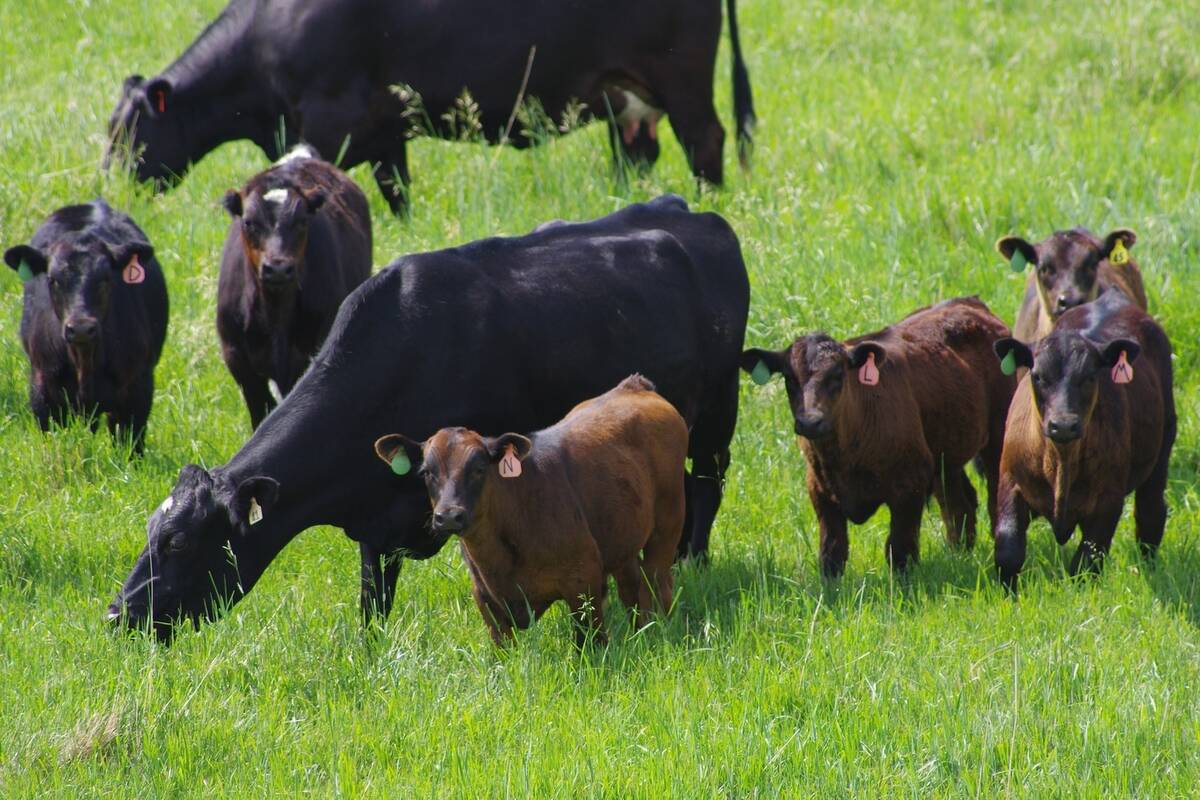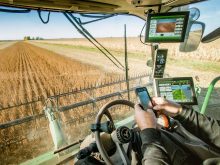Of course, roosters crow with the dawn. But are they simply reacting to the environment, or do they really know what time of day it is?
Researchers reporting in a recent Current Biology issue have evidence that puts the clock in “cock-a-doodle-doo.”
“‘Cock-a-doodle-doo’ symbolizes the break of dawn in many countries,” says Takashi Yoshimura of Nagoya University in Japan. “But it wasn’t clear whether crowing is under the control of a biological clock or is simply a response to external stimuli.”
That’s because other things — a car’s headlights, for instance — will set a rooster off, too, at any time of day. To find out whether the roosters’ crowing is driven by an internal biological clock, Yoshimura and his colleague Tsuyoshi Shimmura placed birds under constant light conditions and turned on recorders to listen and watch.
Read Also

Grazing ‘sweet spot’ boosts pasture performance
Timing-focused approach to pasture management touted to boost forage growth, livestock gains while also cutting farmer labour and inputs
Under round-the-clock dim lighting, the roosters kept right on crowing each morning just before dawn, proof that the behaviour is entrained to a circadian rhythm. The roosters’ reactions to external events also varied over the course of the day.
In other words, pre-dawn crowing and the crowing that roosters do in response to other cues both depend on a circadian clock.
The findings are just the start of the team’s efforts to unravel the roosters’ innate vocalizations, which aren’t learned like songbird songs or human speech, the researchers say.














